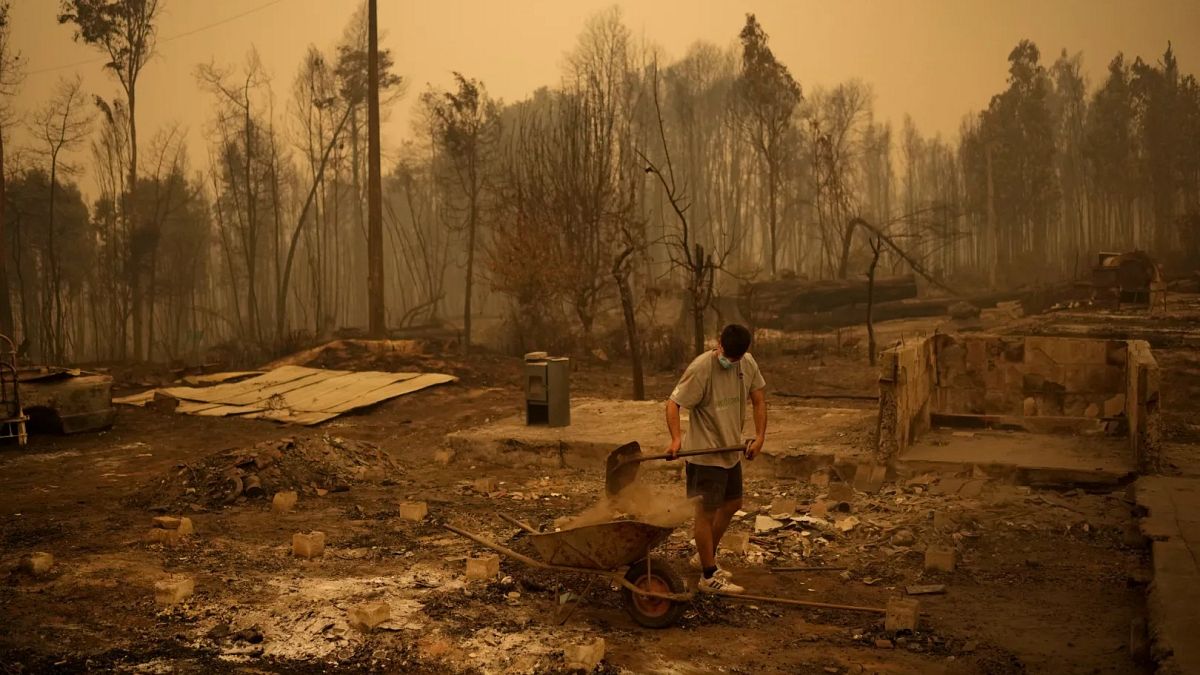

As the world faces unprecedented environmental challenges, nations and regions around the globe are grappling to adapt and respond to the pressing realities of climate change. From the soaring temperatures in Europe to rising river levels in China, the effects of climate change are becoming increasingly evident, underscoring the importance of proactive and effective measures.
In a pivotal development, the Inter-American Court of Human Rights has issued a landmark advisory opinion declaring that governments across Latin America have a legal duty to combat climate change. This decision is a profound reminder of the interconnected nature of human rights and environmental stewardship. By affirming governmental responsibility, the ruling highlights the need for collaborative and systemic approaches to climate protection, offering hope for more rigorous policies and actions in the region.
Meanwhile, Europe is enduring an intense heatwave, with temperatures reaching a historic high of over 40 degrees Celsius in several areas. This extreme weather has prompted a series of consequential events, including the emergence of wildfires and the temporary shutdown of a nuclear plant due to cooling concerns. In the Western Balkans, the soaring temperatures have caused severe drought conditions, compelling authorities to implement water restrictions to manage the limited resources sustainably.
Across eastern Germany, the situation has intensified as wildfires blaze through forests and threaten local communities. The challenging conditions have strained firefighting efforts, particularly in regions where unexploded ordnance from former military sites adds an additional risk element. Despite the dangers, emergency teams continue to work tirelessly to protect lives and mitigate the damage to the environment.
On the other side of the globe, China is experiencing a different yet equally concerning environmental challenge. Persistent and heavy rainfall has resulted in rising river levels, prompting flood alerts across ten provinces and regions. In response, Chinese authorities are fortifying flood defenses, focusing on minimizing potential disruptions and safeguarding communities against the threat of overflowing rivers.
These varied climatic occurrences around the world serve as a poignant illustration of the multifaceted impact of climate change. They highlight the urgency for nations to prioritize resilient infrastructure, sustainable resource management, and comprehensive disaster preparedness plans. While these challenges are daunting, they also present opportunities for innovation, community collaboration, and international cooperation.
As the Inter-American Court’s advisory opinion suggests, the task of addressing climate change is not solely a governmental one. It requires a collective commitment from individuals, communities, businesses, and international entities to drive meaningful change. The emphasis on legal obligations reflects a growing recognition of the vital link between human rights and ecological preservation, paving the way for more integrated and inclusive climate action strategies.
The current climate realities implore us to focus not only on immediate responses but also on long-term solutions that honor the delicate balance between human activity and the natural environment. As we navigate these challenges, it is crucial to foster an ethos of mindfulness and positive engagement, ensuring that our collective efforts are guided by wisdom and a deep respect for the planet and future generations.
In conclusion, while the global climate landscape presents numerous challenges, it also inspires actions rooted in cooperation, innovation, and responsibility. The path forward requires dedication, resilience, and hope as we work together to create a sustainable and harmonious world for all.
Source: {link}
